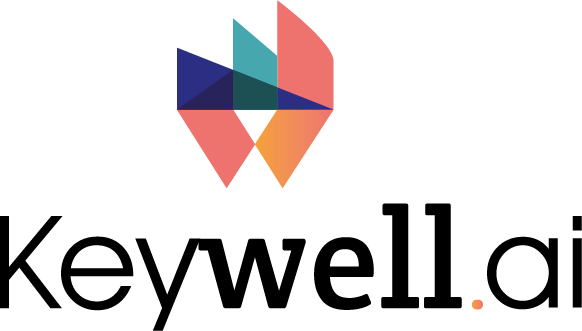The Centers for Medicare and Medicaid Services (CMS) is responsible for issuing new regulations requiring health plans (e.g., health insurance companies and third party administrators) to publish negotiated healthcare and out-of-network prices to a public website in machine-readable formats.
These regulations were developed until the authority of the Affordable Care Act and went into enforcement in July 2022. Unlike recent hospital price transparency laws ( largely not enforceable due to low penalties), the payer price transparency rule has resulted in widespread data availability.
The price transparency policy is intended primarily for consumer knowledge. The intent is that entrepreneurs and providers would develop tools for patients to understand expected costs and potentially “shop” for some services. As spending on healthcare services continues to grow—particularly for hospital, physician, and clinical services—state and federal policymakers are leveraging healthcare price transparency as a potential strategy to curb rising healthcare costs.
However, healthcare providers and payers are interested in using the data for market and competitive insights. The data includes specific rate information that would allow providers to explore payment rates for the same services for a given market area and potentially negotiate higher rates for services.
Contracts between payers and providers are typically negotiated based on cost, population and expected volume, and factors such as quality of care and access to care (providers especially leverage the lack of availability of other providers in a reasonable drive time that can also provide a given service).
What’s in the Data?
The data includes specific negotiated rates between providers (NPI and EIN), billing code, billing code modifiers, service location type (e.g., office visit vs. inpatient hospital), and bundled and alternative payment arrangement details, if applicable.
How can healthcare organizations access the data?
Health Plan Price Transparency is posted publicly on health plan websites in a machine-readable format (MRF). However, the data sizes are significant and challenging to process due to compressed data formats. Significant resources and infrastructure are required to process a representative payer and price information dataset.
Keywell has developed methodologies to process the data and produce reports and analyses by market area, billing codes, and custom parameters with over 50B prices in our database. Get in touch to learn more about how we can help you leverage the data to explore market positioning and opportunities.





